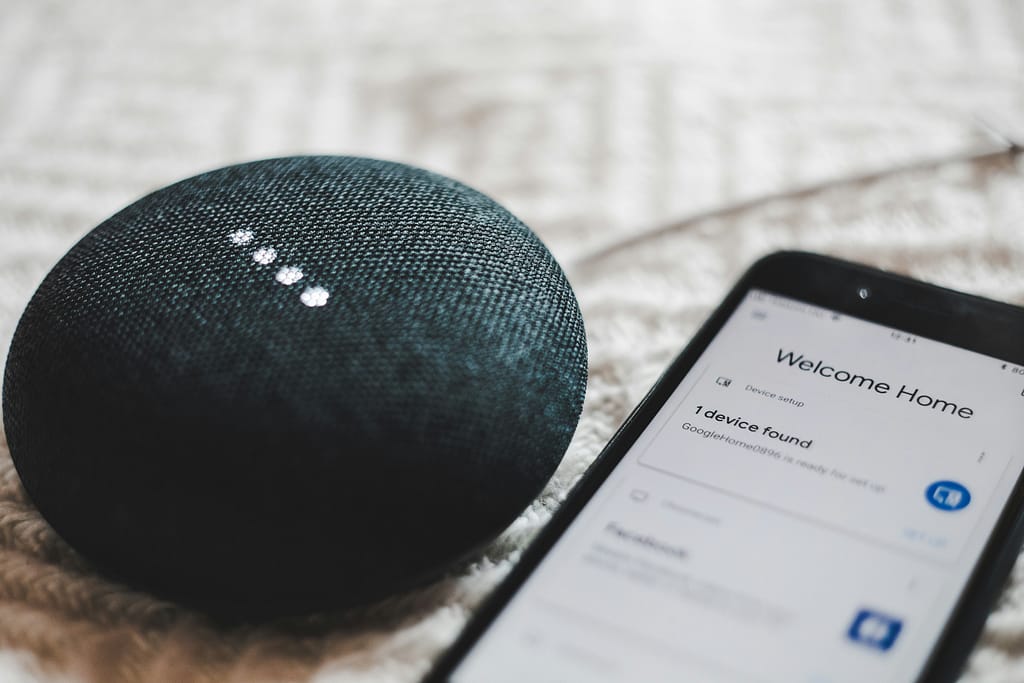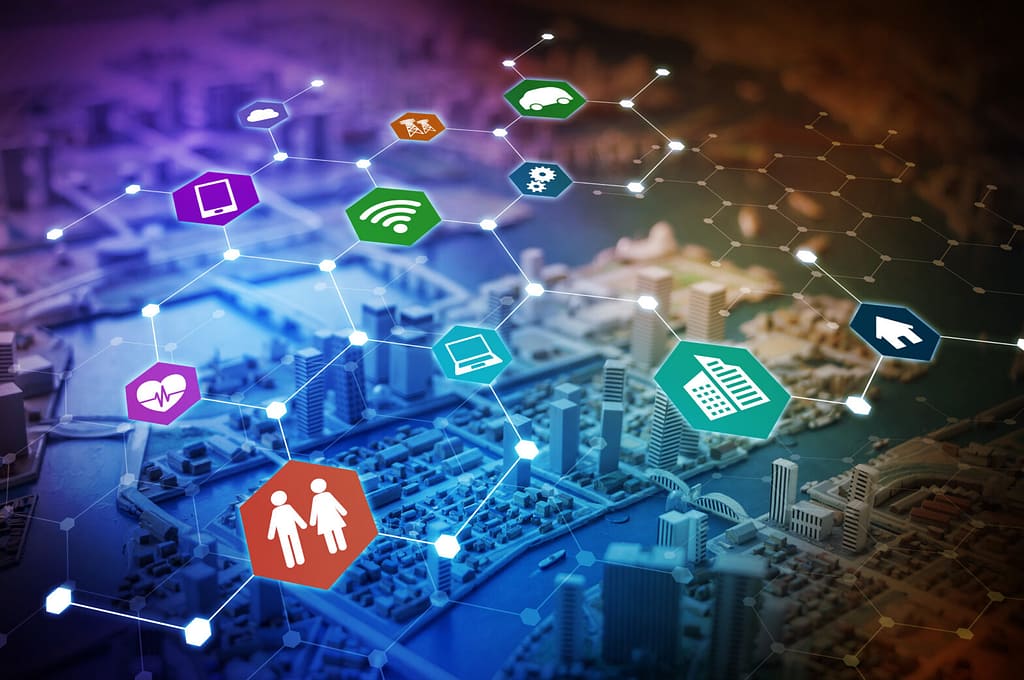In an age where technology is rapidly advancing, IoT (Internet of Things) tracking sensors are revolutionizing various sectors across the entire industry. They are completely reshaping how we monitor and manage assets, people, and environments.
In this article, we aim to delve into the applications, benefits, and prospects of IoT tracking sensors, offering insights into why they are essential in today’s connected world.
Read also: CSRD report in 2024: a full guide
What are IoT tracking sensors?
IoT tracking sensors are devices equipped with the ability to collect, transmit, and analyze data about the location and condition of objects. These sensors use various technologies, including GPS, RFID, Bluetooth, and Wi-Fi, to provide real-time information.
By integrating these sensors into everyday objects and systems, we can create smart environments that enhance efficiency, safety, and convenience.

In logistics and supply chain management, for example, they help monitor the movement of goods, ensuring timely delivery and reducing losses. RFID tags can track inventory in warehouses, providing instant updates on stock levels.
In healthcare, IoT tracking sensors can monitor the location of medical equipment and track patient movements, improving operational efficiency and patient care.
In the field of transportation, GPS-enabled IoT sensors allow for real-time tracking of vehicles, optimizing routes, reducing fuel consumption, and improving overall fleet management. Public transportation systems benefit from these sensors by providing commuters with accurate arrival and departure times, enhancing the user experience.
In smart homes, IoT tracking sensors contribute to enhanced security and convenience. They can monitor the movement of people within a home, automate lighting and heating based on occupancy, and send alerts in case of unusual activities. When used alongside automated systems, they play a crucial role in energy management by tracking and optimizing the usage of various household appliances.
IoT tracking sensors are also integral to environmental monitoring, by the way. They can track changes in environmental conditions such as temperature, humidity, and air quality, providing valuable data for managing natural resources and responding to environmental challenges.
These are just some examples of applications of IoT tracking sensors. But how exactly do they work?

How do IoT tracking sensors work?
IoT tracking sensors work by utilizing a combination of hardware and software components to collect, transmit, and analyze data. Let’s go for a detailed breakdown of some of the most important of these components.
Data collection
IoT tracking sensors collect data about the location, movement, and condition of objects, through various sensing technologies.
- GPS (Global Positioning System): Provides precise location data by communicating with satellites.
- RFID (Radio-Frequency Identification): Uses electromagnetic fields to automatically identify and track tags attached to objects. Passive RFID tags are powered by the reader, while active tags have their own power source.
- Bluetooth: Enables short-range communication between devices. Bluetooth Low Energy (BLE) is often used in IoT applications due to its low power consumption.
- Wi-Fi: Allows devices to connect to the internet and transmit data over longer distances within a local network.
Data Transmission
Once all this data is collected, it needs to be transmitted to a central system for processing. This can be done using many communication protocols, such as Wi-Fi: Provides and cellular networks: (e.g., 3G, 4G, 5G).
Data processing and analysis
After transmission, the data is processed and analyzed. This is done in three steps.
First, initial processing occurs at the edge of the network (close to where the data is generated). This reduces latency and bandwidth usage by filtering and aggregating data before sending it to the cloud.
Then this pre-processed data is sent to cloud servers for more intensive processing and storage. Cloud computing platforms provide scalable resources for analyzing large volumes of data and applying machine learning algorithms.
Following that, analytical tools and algorithms are used to interpret the data, extract meaningful insights, and detect patterns or anomalies. This can include real-time monitoring, historical analysis, and predictive analytics.
Data visualization and action
The processed data is then visualized and used to inform decision-making. This can be done through interactive dashboards that display real-time and historical data in a user-friendly format. Users can then monitor key metrics, set alerts, and generate reports.
Automated alerts can be configured to notify users of specific events, such as deviations from expected conditions or asset movements and, in some cases, the system can automatically trigger actions based on the data.
Read also: What is IoT asset tracking?

Be part of the future of IoT tracking sensors
Despite their numerous benefits, the truth is that IoT tracking sensors face challenges, including data privacy concerns, integration complexities, and the need for robust infrastructure.
Therefore, ensuring the security of data transmitted by these sensors is paramount – as breaches can lead to significant consequences. Additionally, integrating these sensors with existing systems requires careful planning and investment.
And do you know where the most promising solutions to solve these problems are? At Datanet IoT.
Our team is prepared for this future with our complete tracking devices – from asset tracking to environmental tracking, we are always excited to see our products make a difference in the industry around the globe. You may contact us anytime to schedule a demonstration and bring your business to the future with the best IoT tracking sensors available on the market!






